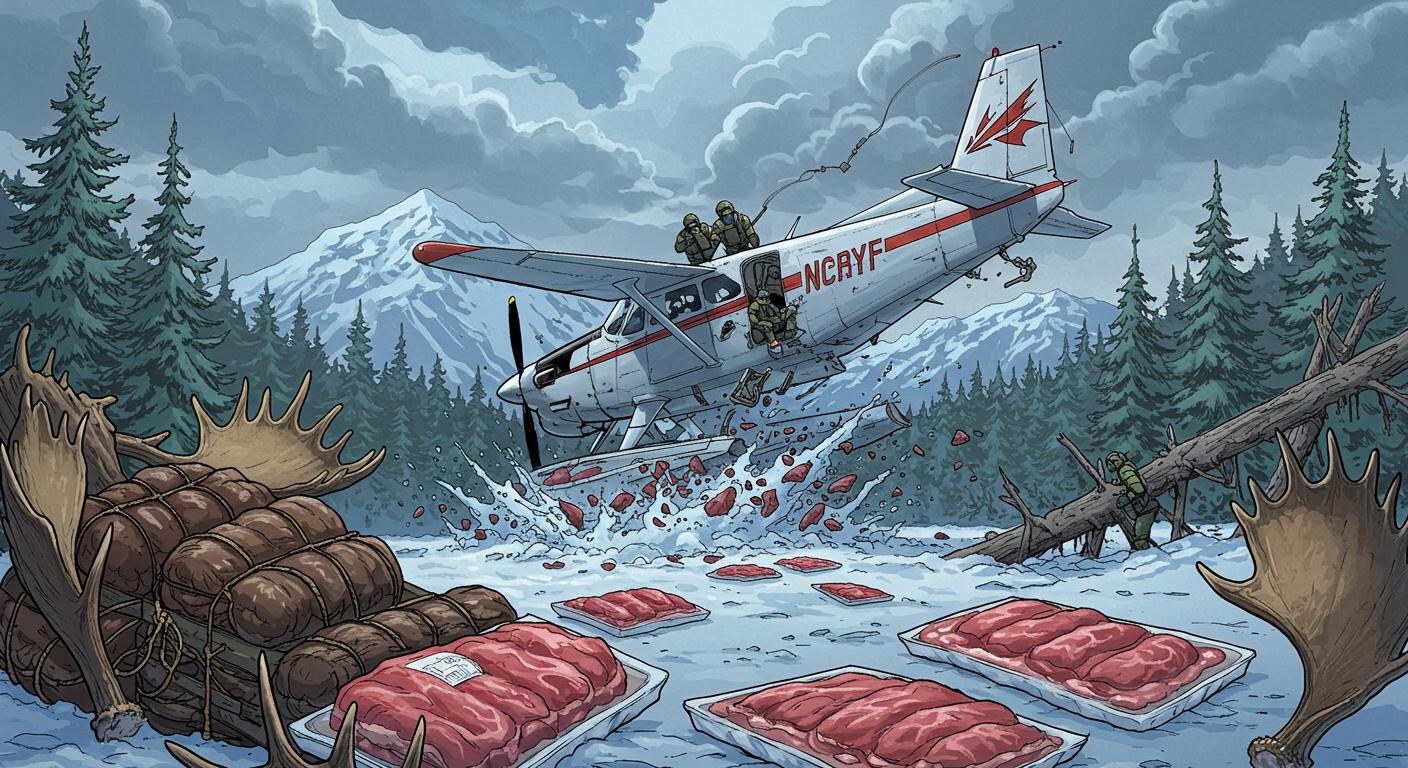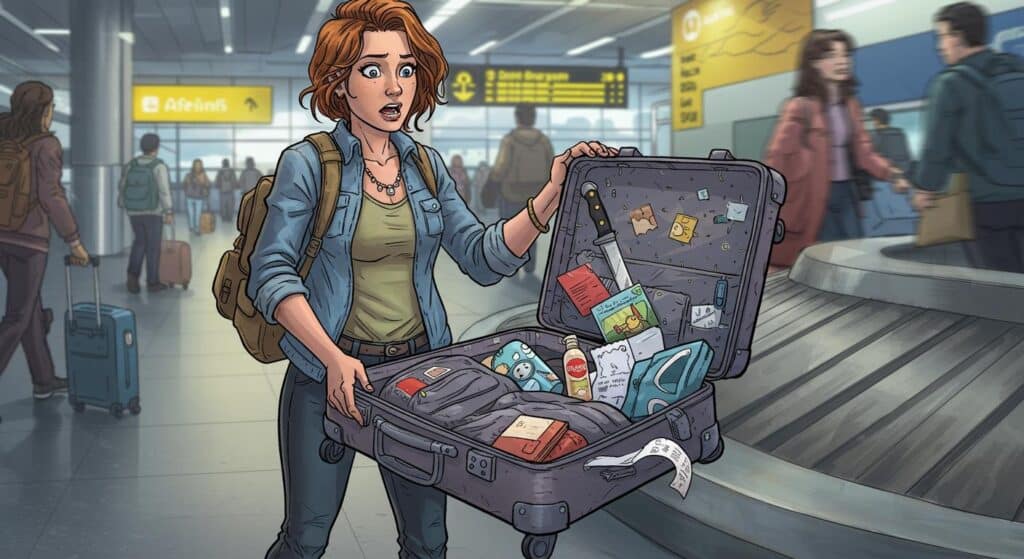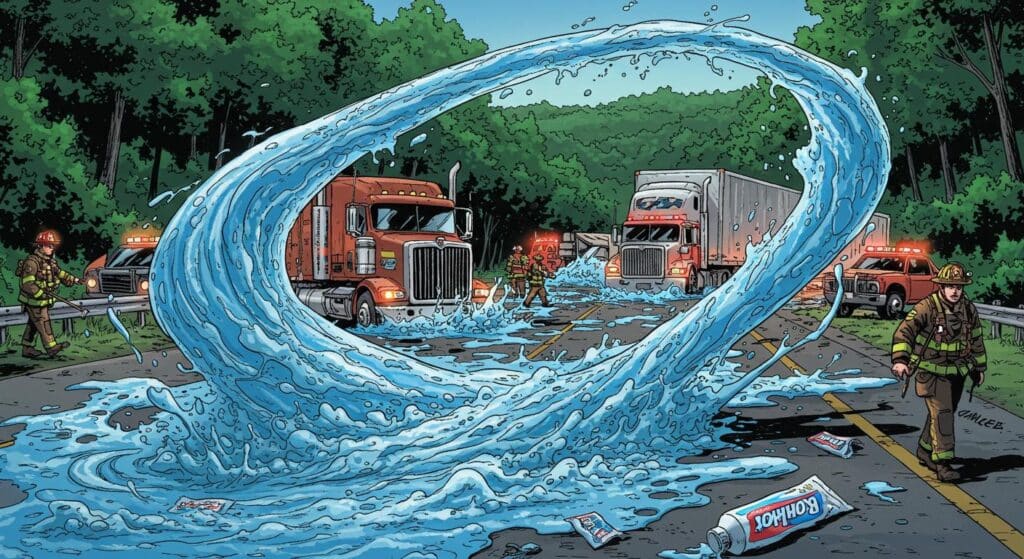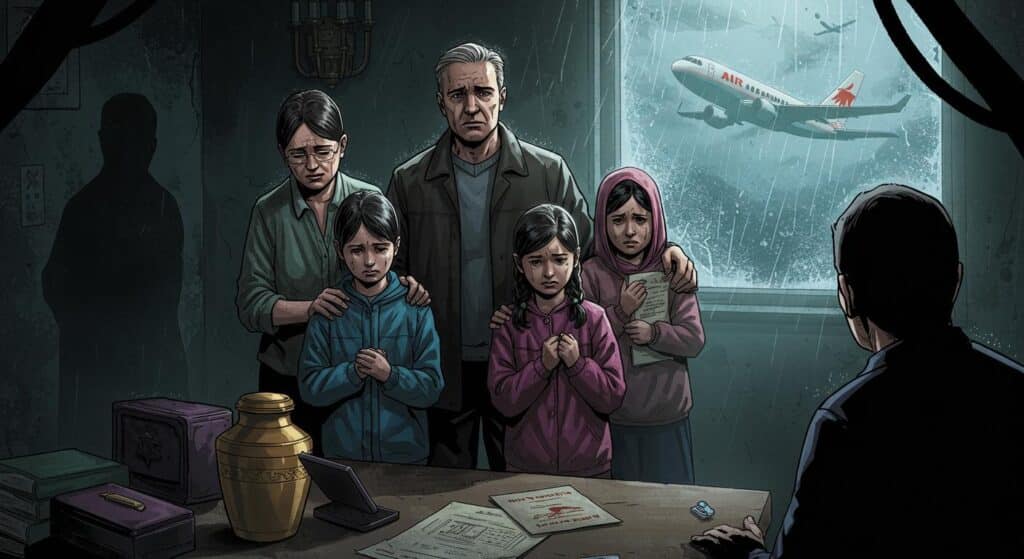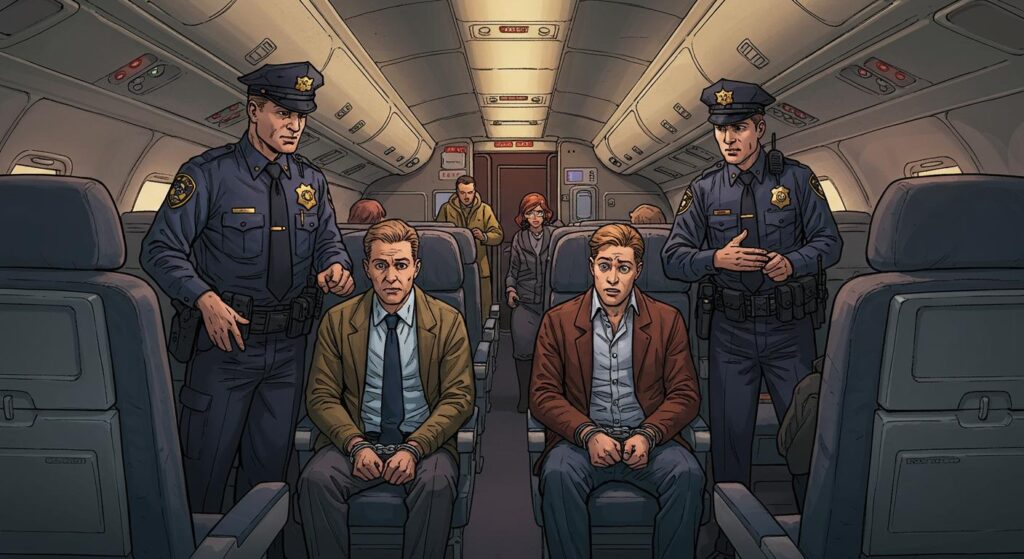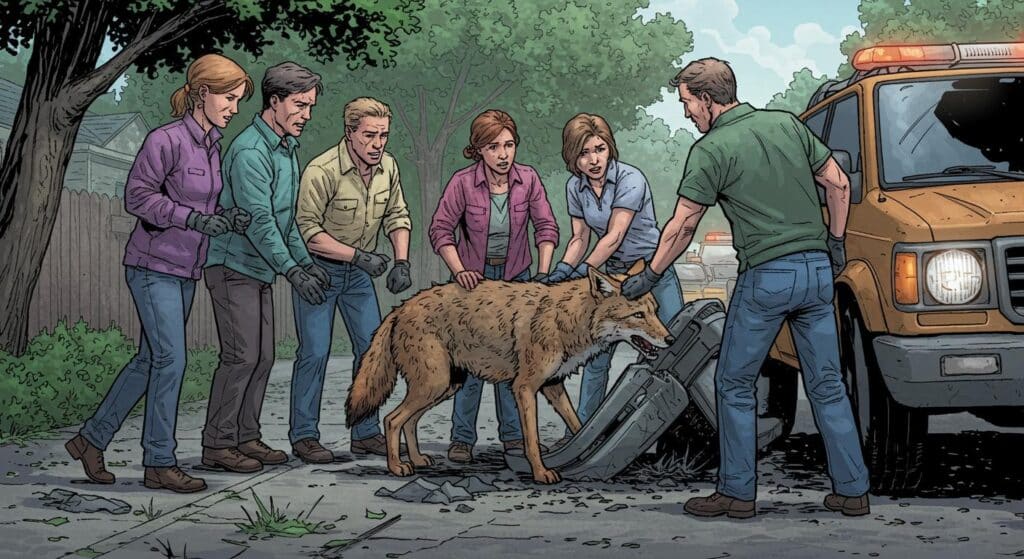If you guessed “excessive moose” as the culprit behind a small plane crash in rural Alaska, congratulations—you possess a rare and probably marketable talent for anticipating the universe’s more bizarre plot twists. But sometimes the improbable is simply the factual, as confirmed this week when the National Transportation Safety Board (NTSB) released its final report on the September 2023 crash that killed Eugene “Buzzy” Peltola Jr., husband of former U.S. Rep. Mary Peltola. According to CNN’s coverage, the fateful flight met an untimely end thanks to a cargo hold stuffed with moose meat—and a set of antlers lashed to the aircraft’s wing for good measure.
A Recipe for Disaster: Moose à la Mode
Investigators spent nearly two years tracing the origins of what would become one of the more unusual aviation incidents in recent memory. The NTSB’s final report, detailed in Alaska Public Media, lays out a sequence of contributing missteps and circumstances. In the days leading up to the crash, Peltola was ferrying a hunting party to a remote airstrip near St. Mary’s, Alaska. After a successful moose hunt, he managed to complete an initial cargo run without incident. It was on the return trip—this time ferrying about 520 pounds of moose meat, approximately 117 pounds over the plane’s maximum takeoff weight, and a hefty rack of antlers strapped to the right wing strut—that things took a fatal turn.
As the NTSB explains, external carriage of antlers on small aircraft isn’t unheard of in Alaska, but doing so requires formal Federal Aviation Administration (FAA) approval—a bureaucratic box notably unticked in this instance. Clint Johnson, the NTSB’s Alaska region chief, told the outlet that mounting antlers externally acts “like a small sail for the most part,” drastically increasing drag and interfering with the plane’s takeoff performance. According to footage reviewed by investigators, the plane pitched up and rolled sharply right immediately after leaving the ground, passing behind a ridge where it crashed.
Mechanical turbulence and downdrafts in the area compounded the impact of the extra weight and drag, leading the NTSB to conclude that the overloaded plane and unsecured external antlers “resulted in a loss of airplane control during takeoff.” Notably, the report found no evidence of the meat shifting mid-flight, and the antlers remained securely fastened throughout. Johnson observed that the outcome was the result of a chain of factors—take out any one, and it’s likely the flight would have landed safely.
When Risk Becomes Routine
Hunting expeditions by bush plane are an ordinary fact of life in much of rural Alaska, as People Magazine notes. On this trip, the familiar practice of loading up a small aircraft with a successful hunt’s spoils—several hundred pounds of fresh moose—proved fatal largely because proper procedures were skipped. The NTSB’s findings, as described by both CNN and Alaska Public Media, emphasized a few recurring themes: cargo was not precisely weighed; FAA approval for the antler load was not secured; and the aircraft itself, though technically “more than 70 years old,” had by this point become so thoroughly overhauled and rebuilt that, in the NTSB’s understated phrasing, “almost none of the original airplane existed.”
The specifics might be particular to Alaska, but the broader story about judgment calls, improvisation, and risk could be found in any place where routine and necessity occasionally override regulation. The accident was less an act of freakish randomness than a perfect storm of familiar, preventable oversights: excess weight, unapproved drag, challenging weather. Johnson, reflecting on the conclusions of his team, summed it up candidly: “if we were able to take one of those items out of that chain, we probably wouldn’t be having this conversation.”
Seeking Accountability Amid Absurdity
The aftermath of the crash has moved from tragedy to legal terrain. As People documents, Mary Peltola, now the late congressman’s widow, has filed a civil lawsuit against the plane’s owner and the hunting guide, alleging negligence. According to the suit, Eugene was pressured to operate in unsafe conditions, including excessive working hours, inadequate rest, and explicit instructions to haul external cargo—antlers and all—without the necessary FAA permit. The lawsuit seeks at least $100,000 in damages, and, according to Alaska Public Media, singles out both the individual and the companies involved for their alleged roles in the decision-making that led up to the accident.
President Biden, in remarks cited by CNN, remembered Buzzy Peltola as a “devoted public servant” and, above all, a committed family man. The loss underscores that while extraordinary hazards might occasionally grab headlines, the cost is counted in the space left behind, not just in dollars or regulatory paperwork.
The Persistent Allure—and Risk—of the Improbable
So, yes: too much moose meat and unsecured antlers can bring down an aircraft. The NTSB’s findings, borne out by months of technical and forensic analysis, read as a quietly determined admonition to anyone tempted to blur the lines of “close enough” when it comes to safety protocols. The convergence of weight, drag, wind, and routine improvisation proved lethal.
There’s something quietly folkloric here—a story both peculiar and inevitable, the kind destined to be retold whenever bush pilots and hunters gather for solace or bravado. Alaska’s place at the intersection of daily necessity and wild improbability is further cemented by this reminder that sometimes, the rules exist for exactly the sort of scenario no one expects.
And really, can any other state lay claim to “unapproved external moose antlers” as an official cause of aviation disaster? Or is this just more evidence that in Alaska, the improbable always gets a seat on the flight manifest?

